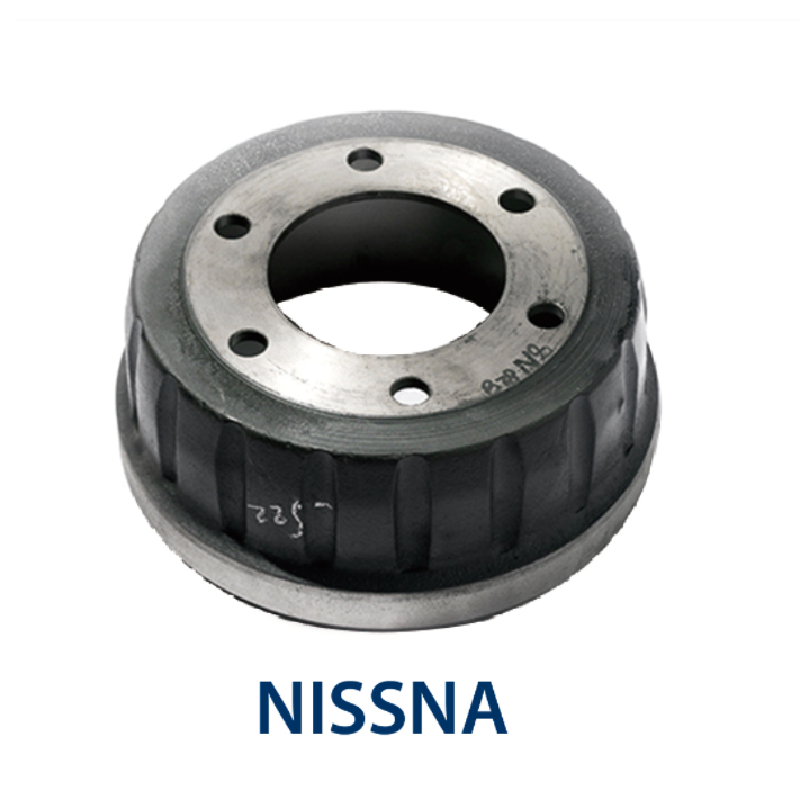अगस्ट . 13, 2024 23:46 Back to list
Understanding the Function and Importance of Crane Brake Drums in Heavy Lifting Operations
Understanding Crane Brake Drums Importance and Functionality
Crane operations are integral to various industries, including construction, manufacturing, and shipping. These heavy-duty machines are designed to lift and transport massive loads safely and efficiently. Among the many components that ensure the safe operation of cranes, the brake system—specifically the brake drum—plays a pivotal role. This article explores the function, design, and significance of crane brake drums.
What is a Crane Brake Drum?
A crane brake drum is a crucial part of the crane's braking system, responsible for controlling and stopping the movements of the crane. It is typically constructed from durable materials such as cast iron or steel, designed to withstand the high stresses and temperatures generated during operation. The brake drum works in conjunction with brake shoes, which press against the drum to generate friction and slow down or stop the crane's motion.
Functionality and Mechanics
The primary function of the brake drum is to provide a reliable stopping mechanism for the crane. When the operator activates the brakes, hydraulic or pneumatic pressure is applied to the brake shoes, which in turn make contact with the rotating drum. This friction converts the kinetic energy of the moving crane into heat energy, effectively slowing the crane's movement. The design of the drum is crucial for maximizing this braking efficiency while minimizing wear and tear on the components.
In modern cranes, advanced braking systems may include features such as regenerative braking, where the energy produced during braking is recaptured and stored for later use. This not only improves energy efficiency but also reduces the overall strain on the brake drum.
Importance of Maintenance
crane brake drum

Proper maintenance of crane brake drums is essential for ensuring safety and operational efficiency. Regular inspections should involve checking for wear and tear, cracks, or other damage that could compromise the drum's integrity. Any signs of overheating or scoring should be addressed promptly to prevent catastrophic failures.
The brake shoes also require attention, as they wear down over time and need to be replaced periodically. Furthermore, ensuring that the entire braking system is free from contaminants, such as oil or grease, is crucial for maintaining optimal performance.
Innovations in Brake Drum Technology
As technology advances, so do the designs and materials used in brake drums. Innovations in metallurgy have led to the development of lighter and stronger materials that enhance the performance of brake drums. Additionally, manufacturers are increasingly developing brake systems with improved heat dissipation capabilities, which can prolong the lifespan of the components and reduce the likelihood of failure.
Smart technology is also making its way into crane operations, with systems that provide real-time monitoring of braking performance. This allows operators to receive alerts when maintenance is due or when any irregularities are detected, thus improving safety and minimizing downtime.
Conclusion
In conclusion, the crane brake drum is a vital component that contributes significantly to the safety and efficiency of crane operations. Its ability to control and regulate movement is essential in a workplace where precision and safety are paramount. Regular maintenance and timely upgrades to more advanced technologies not only enhance the performance of crane braking systems but also play a critical role in preserving safety standards in heavy lifting operations. Understanding and appreciating the function of crane brake drums helps underscore their importance in the broader context of industrial operations. As technology continues to evolve, the future of crane braking systems promises to be more efficient and reliable than ever before.
-
Brake Drum Man - High-Quality Drum Brake Drums & Brake Shoes for Reliable Performance
NewsJun.24,2025
-
High-Quality Brake Drum Kamaz – Durable Drum Brake Drum & Brake Shoe Replacement
NewsJun.10,2025
-
High-Quality Brake Drum Liza for Drum Brake Systems - Superior Durability and Performance
NewsJun.10,2025
-
High-Quality Brake Drum Kamaz – Durable Drum Brake Drum & Brake Shoe Solutions
NewsJun.10,2025
-
Durable Kamaz Brake Drums High-Performance Truck Parts
NewsJun.09,2025
-
Premium Brake Drum Maz Kit with Shoes Enhanced Braking
NewsJun.09,2025
